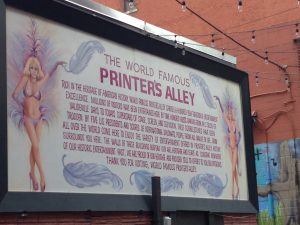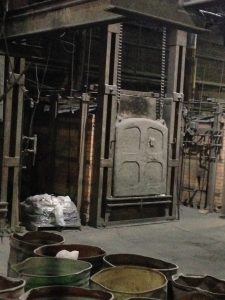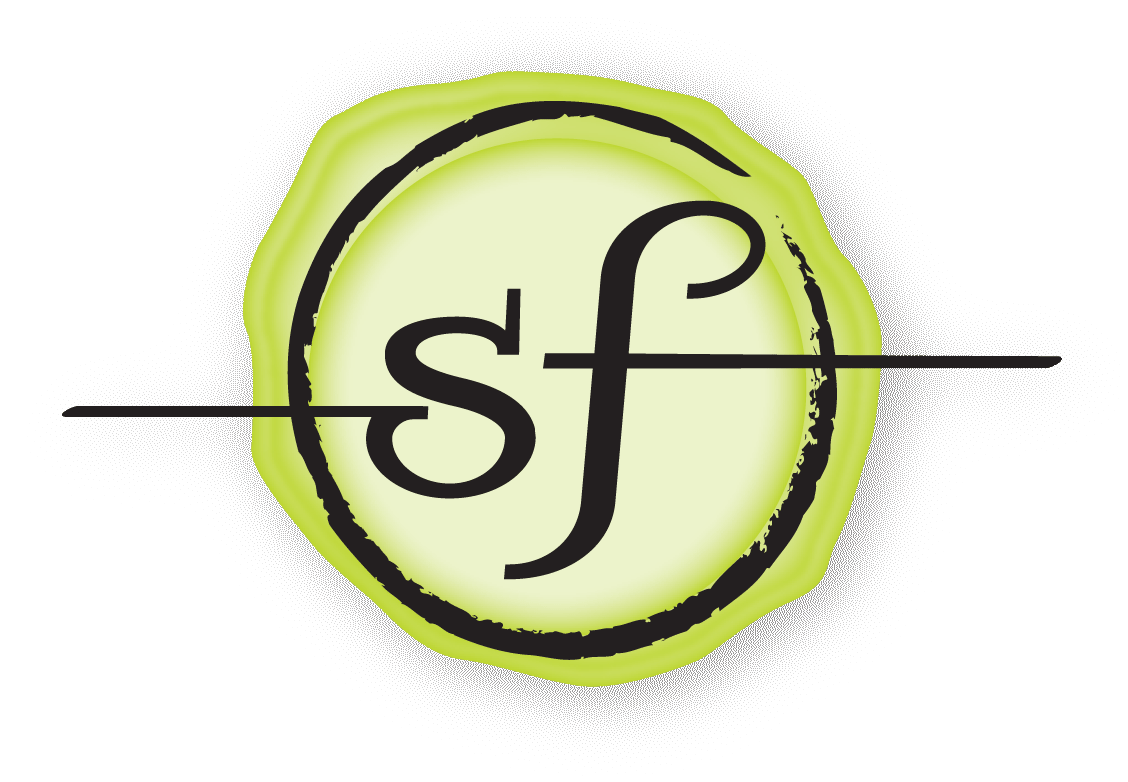Early spring is conference season in my field, and even though it can make for an intense few weeks, I usually attend two or three conferences during the months of March, April, and May. I’m a big believer in the value of conferences. I consistently return from these gatherings inspired by new ideas and having developed new skills. In addition, I find these events rewarding on an interpersonal level; they allow me an opportunity to catch up with professional colleagues and meet new people working in content areas similar to mine. I’ve developed a wide network over decades of conference-going, and these folks provide crucial input for me as I brainstorm ideas for new projects, seek informational resources on difficult questions, or weigh in on the challenging public history issues of the moment.

My first conference of 2015 took place in mid-April when I attended the annual meeting of the National Council on Public History (twitter hashtag: #NCPH2015) in Nashville, Tennessee. Happily, a number of NCPH sessions intersected with my own current projects, and I was particularly energized by sessions exploring ways to increase the representation of women at historic sites and advocating for public historians to embrace the role of “History Communicators” who engage the public with a historical perspective on contemporary issues.
The week after NCPH, I was again on the conference trail, this time heading to Kokomo, Indiana, for the Indiana Preserving Historic Places Conference (Twitter hashtag: #INPHP2015). I am an semi-regular attendee of this gathering of Indiana historic preservation professionals, usually making it to the conference every two or three years. Much of this year’s conference revolved around the theme of preserving industrial heritage, and Kokomo–with its history as a site of glass manufacturing and its ongoing role in automobile production–provided an excellent backdrop to the exploration of these issues.

Industrial sites present unique challenges to preservationists. Their physical scale is far greater than many other historic sites and can make re-use a challenge. The presence of heavy machinery and other potentially dangerous features increases liability issues, and often the brownfields left behind require particular government-mandated procedures during preservation efforts. Nevertheless, one cannot adequately understand the history of the United States without considering the role of manufacture in the country’s economic development. In my own experience, I have had some of my most powerful experiences as a historian while touring such monuments to this heritage as Lowell National Historic Site in Massachusetts and the Sloss Iron Furnaces National Historic Landmark in Birmingham, Alabama.
The Kokomo trip brought an end to my spring-time traveling for conferences, but the exposure to new ideas and the networking continues. A virtual conference on PhD’s working outside of the academy, Beyond the Professoriate 2015 (Twitter hashtag: #BeyondProf), took place online May 2 and 9. Such discussions, which often fall under the umbrella term “Alt-Ac” (Twitter hashtag: #altac), tend to focus on the initial transition of graduate students from their academic training into the wider world. Despite being well along in my own career, I attended this conference as a means of learning about other people’s experiences. For the 2014-2015 academic year, I have been working with graduate students at Indiana University, helping them prepare for a broad job search that is not confined to academic positions. The Beyond the Professoriate conference provided a nice block of time to gather my thoughts about the alt-ac process, while taking part in a larger conversation about the topic.
All told, I covered a broad range of professional interests during my spring 2015 conference season. I predict I’ll be implementing ideas spurred by these travels for months to come.
